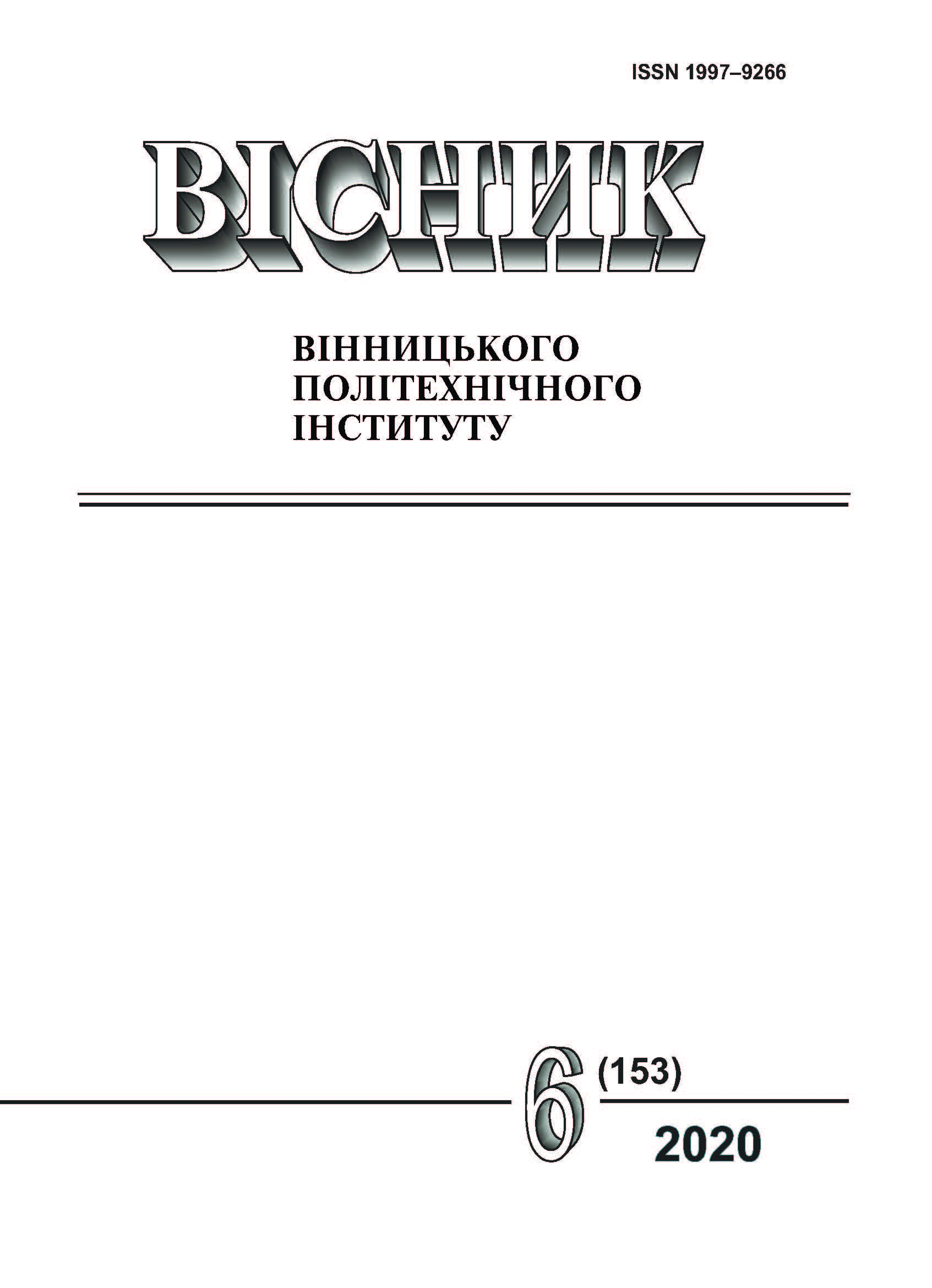Potential of Using Straw Grain Crops as Biofuel
DOI:
https://doi.org/10.31649/1997-9266-2020-153-6-57-64Keywords:
cereal straw, bioenergy, biofuels, technologyAbstract
In the present of our country, its energy independence is a topical issue. Ukraine has a huge potential of biomass - straw, which today, as biofuel is extremely small, because of the lack of equipment and machinery for proper collection of fields and power plants, where it can be burned. This plant is the only niche in the production of solid biofuels, which, in fact, is underdeveloped today. Straw can be one of the most promising sources of alternative fuel for the country as a whole. The article presents the research results of potential use of straw for energy purposes. One of the problematic issues is the contents in the biomass of straw of some chemical elements, which reduce the efficiency of power plants. This problem can be solved by leaching the elements from the straw in the use of biomass for direct burning or when using straw for the manufacture of pellets. Pellet production of straw has both advantages and disadvantages. Cereal straw is one of the promising energy sources, efficient use of which is determined by several factors, including the need for an ecological justification. Determined the predictive potential of straw as an alternative fuel and assessed the energy costs of its collection, preparation for combustion in boilers. On the basis of estimates and predicts the possible volumes of consumption of a particular alternative fuel for the future. In this work, we discussed the balance sheet evaluation methods of the potential of straw as biofuel for a specific condition and results of researches of influence on the environment. It is shown that exposure of straw in the field can significantly reduce the content of corrosion-hazardous elements. There has been analyzed the composition of the ash waste, which are formed during combustion of straw. It is established that under the present agricultural practice the content of some heavy metals in the ash do not exceed the European Union standards, which allows its use as a fertilizer for crops.
References
P. Abbot, “Biofuel, Binding Constrains and Agricultural Commodity Volatility,” NBER Working Paper, no. 18873, рр. 1-46, 2013.
International Renewable Energy Agency (IRENA), Global energy transformation, IRENA 2018, 76 p. ISBN 978-92-9260-059-4.
B. Mola-Yudego, et al., “Reviewing wood biomass potentials for energy in Europe: the role of forests and fast growing plantations,” BIOFUELS, 2017.
P. Ottosen, and J. P. Jensen, “Large Seale Wood and Straw Pellets Production and Use,” Proceeding of European Pellets Conference. 34 march 2004, Wels, Austrіa.
B. D. Wright, “Global Biofuels: Key to the Puzzle of Grain Behavior,” Journal of Economic Perspectives, vol. 28, no 1, pp. 73-98, 2014.
В. Д. Білодід, i Г. О. Куц, «Енергетичний потенціал окремих видів альтернативного палива та оцінка енерговитрат на їх підготовку для прямого спалювання в котлоагрегатах,» Проблеми загальної енергетики, вип. 1 (24), с. 32-39, 2011.
І. В. Гунько, С. А. Бурлака, і А. П. Єленич, «Оцінка екологічності нафтового палива та біопалива з використанням методології повного життєвого циклу,» Вісник Хмельницького національного університету, т. 2, № 6, с. 246-249, 2018.
Ю. В. Гуменюк, «Стратегія розвитку зернопродуктового підкомплексу АПК для забезпечення продовольчої безпеки країни та комплексного розвитку сільського господарства,» Вісник Хмельницького національного університету. Економічні науки. № 2, с. 147-152, 2019.
В. Я. Месель-Веселяк, «Виробництво альтернативних видів енергетичних ресурсів як фактор підвищення ефективності сільськогосподарських підприємств,» Економіка АПК, № 2, с. 18-27, 2015.
В. М. Павліський, Ю. П. Нагірний, і О. В. Павліська, Енергетичний і метаногенний потенціал соломи зернових культур, ріпаку і кукурудзи. [Електронний ресурс]. Режим доступу: http://archive.nbuv.gov.ua/portal/chem_biol/nvnau/2010_146/10pvm.pdf .
О. М. Шпичак, О. В. Боднар, і С. О. Пашко, «Виробництво біопалива в Україні у контексті оптимального вирішення енергетичної проблеми,» Економіка АПК, № 3, с. 13-19, 2019.
. С. Бурлака, О. Галущак, і Ю. Гуменюк, «Дослідження течії палива в розпилювачі форсунок при використанні спиртових добавок в емульгованих паливах,» Вісник машинобудування та транспорту, т. 11, № 1, с. 18-27, 2020.
Downloads
-
PDF (Українська)
Downloads: 329
Published
How to Cite
Issue
Section
License

This work is licensed under a Creative Commons Attribution 4.0 International License.
Authors who publish with this journal agree to the following terms:
- Authors retain copyright and grant the journal right of first publication.
- Authors are able to enter into separate, additional contractual arrangements for the non-exclusive distribution of the journal's published version of the work (e.g., post it to an institutional repository or publish it in a book), with an acknowledgment of its initial publication in this journal.
- Authors are permitted and encouraged to post their work online (e.g., in institutional repositories or on their website) prior to and during the submission process, as it can lead to productive exchanges, as well as earlier and greater citation of published work (See The Effect of Open Access).





